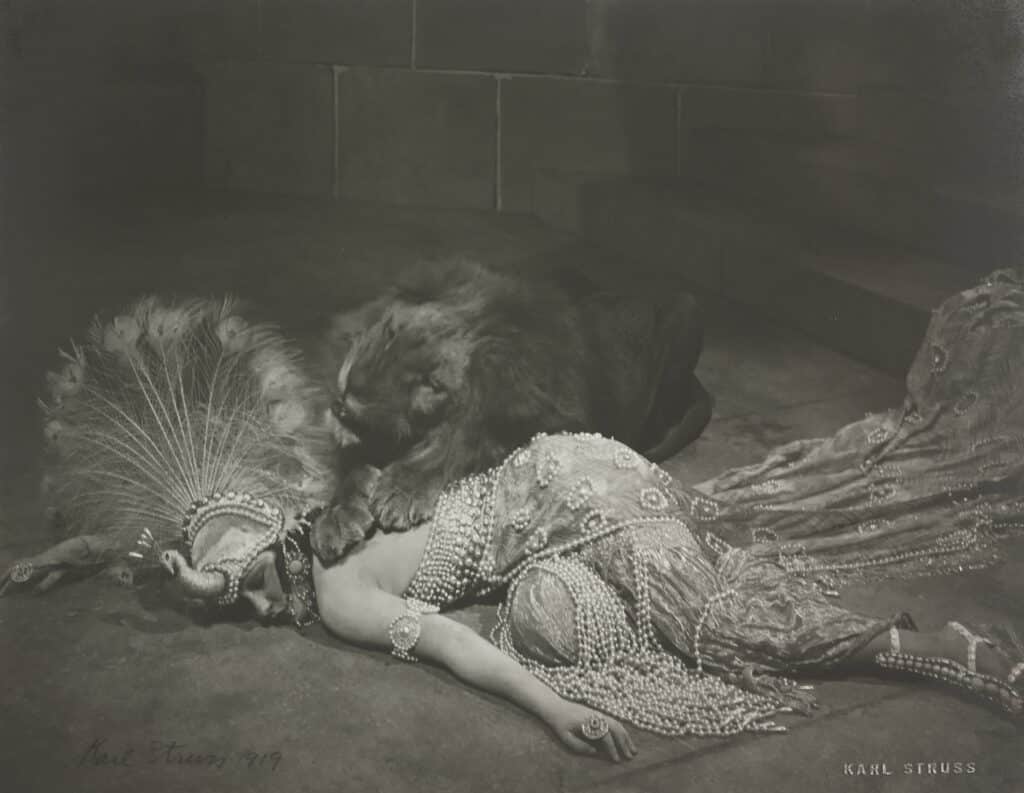Karl Struss, who was born in 1886, held a unique position as a leader in both still and moving photography, tracing his career from New York—where he was elected to Alfred Stieglitz’s Photo-Secession group in 1910—to Los Angeles, where he moved in 1919 in the wake of World War I, commencing a defining era of his career and joining the wave of westward migration by Americans eager for a fresh start.
Through August 25, 2024, The Amon Carter Museum of American Art in Fort Worth (Texas) proposes a multimedia examination of the photographer and cinematographer storied career, focusing on his transition from fine art photography to the world of moving pictures. Featuring archival materials, original film, and over one hundred photographs from the Carter’s extensive Struss Artist Archive and supplemental loans, “Moving Pictures: Karl Struss and the Rise of Hollywood” spotlights his innovations in image making and contributions to the film industry, closely examining his impact on Hollywood’s Golden Age and the field of cinematography at large. The exhibition is organized chronologically in four distinct sections to tell the story of his career.
“Our stewardship of Struss’s Artist Archive speaks to the Carter Museum’s role in preserving and presenting the stories of artists that have shaped the American canon and whose work still echoes throughout contemporary culture,” says Andrew J. Walker, Executive Director at the Carter. “Moving Pictures aims to tell parallel histories—of the burgeoning film industry and of a pioneering artist—which, it posits, are inextricably linked.”
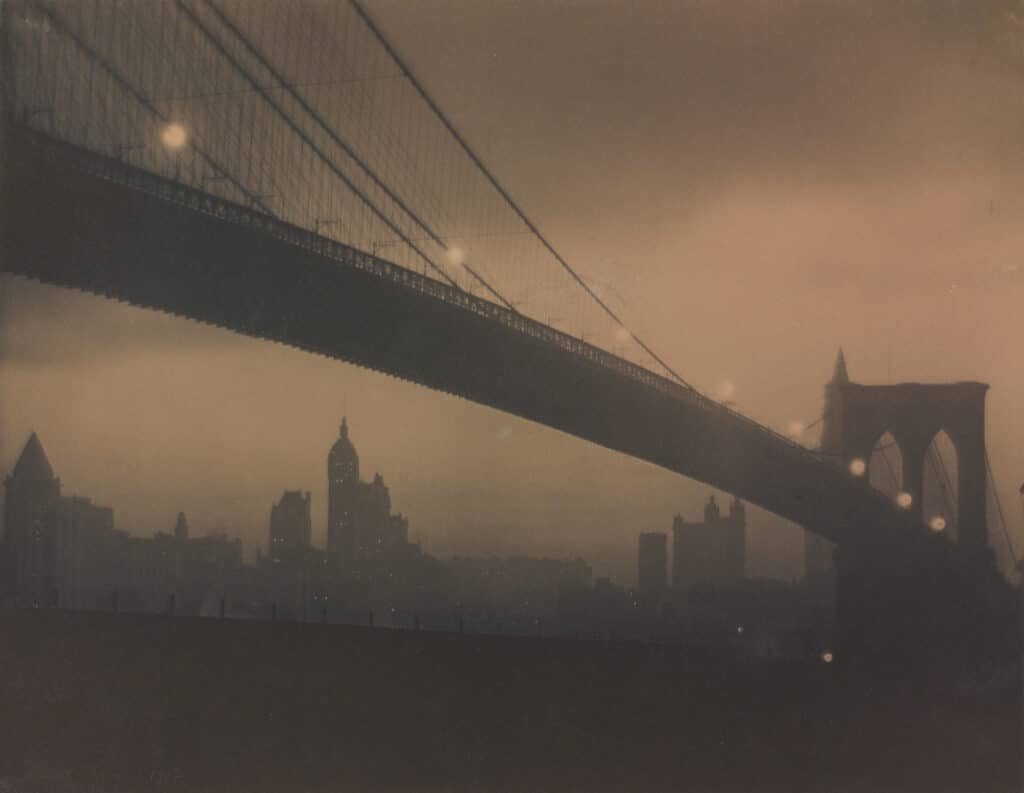
Early Photographs
Early in his life and studies, Karl Struss explored the properties of camera lenses and eventually invented, in 1909, what he attempted to patent as the Struss Pictorial Lens, a soft-focus lens. This lens was considered popular with pictorial photographers of the time. The Struss Pictorial lens was the first soft-focus lens introduced into the motion picture industry, in 1916.
Struss gained attention in the photo world when 12 of his pictorial works were chosen by Alfred Stieglitz for the “Albright Art Gallery International Exhibition of Pictorial Photography” in 1910. This was the final exhibition of the so-called Photo-Secession, an organization that promoted photography as fine art. His reputation was solidified by his inclusion in the exhibition “What the Camera Does in the Hand of the Artist” at the Newark Art Museum, held in April 1911. When Stieglitz invited Struss to join the Photo-Secession in 1912, his photographs ended up being published in the group’s magazine Camera Work, considered by many to be a pioneer publication in the world of photography.
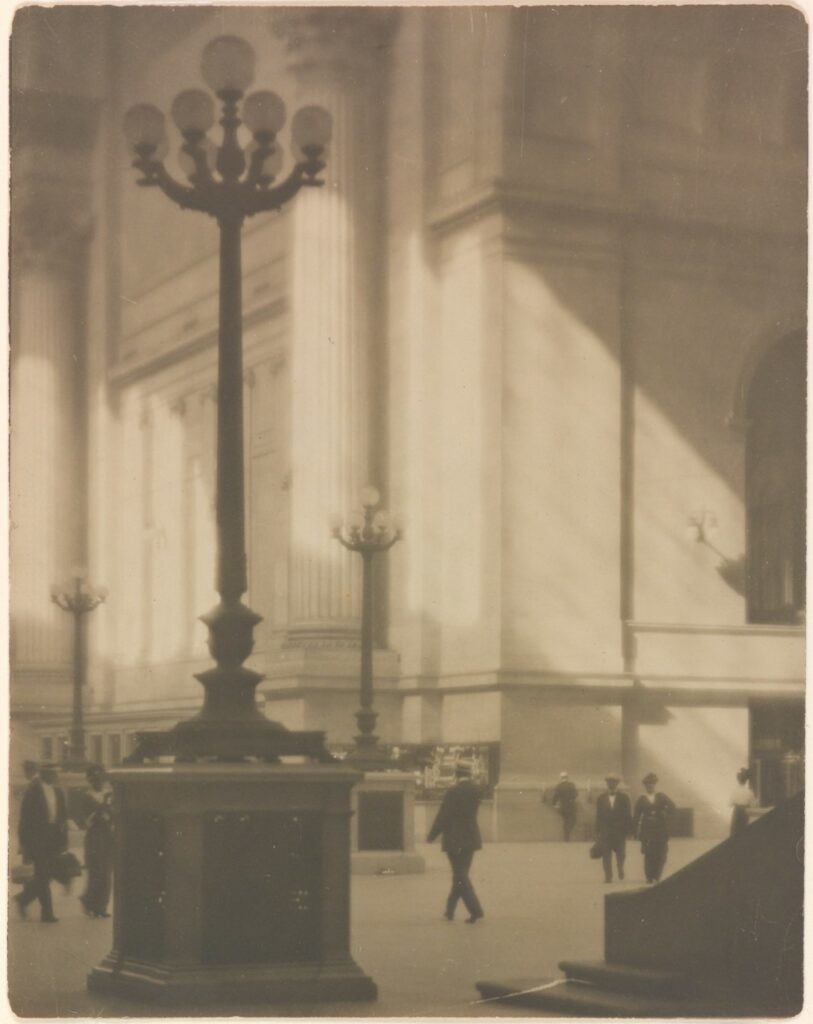
As Struss continued his exhibitions and specialized commissions, he produced commercial photography for magazines, including Vogue, Vanity Fair, and Harper’s Bazaar. However, he was quick to insist that he was not doing fashion photography. The exhibition’s opening section actually surveys Struss’s work as a still photographer, featuring his personal fine-art photography, as well as examples of commissioned work that first piqued directors’ and production companies’ interest, including images for the magazines, studio portraiture, and commercial images for Kodak.
His photographic practice was interrupted by World War I. In 1917, he registered for the draft and then enlisted with the aim of fulfilling his military service through photography. Karl Struss also trained to teach aerial photography, but an investigation into Struss’s German affiliations launched by the Military Intelligence Department led to his demotion from the rank of sergeant to private. During these years, he took up photography again, documenting prisoners in Fort Leavenworth (Kansas). Near the close of the war, in an attempt to clear his record of rumors of anti-Americanism, he applied and was accepted into Officer’s Training Camp at the rank of corporal.
From Photography to Cinema
In 1919, after his discharge from the military, Karl Struss moved to Los Angeles and signed with cinema industry titan Cecil B. DeMille as a cameraman, initially for the film For Better, For Worse (1919) starring Gloria Swanson, followed by another Swanson film, Male and Female (1919), and leading to a two-year contract with the studio. This was the first time that Struss was first placed behind a motion picture camera. The exhibition highlights the photographer’s transition to Hollywood and his work as a freelance photographer, taking film stills intended for use in publicity and marketing. In this newfound role, Struss exhibited a keen eye for lighting, drama, and composition.
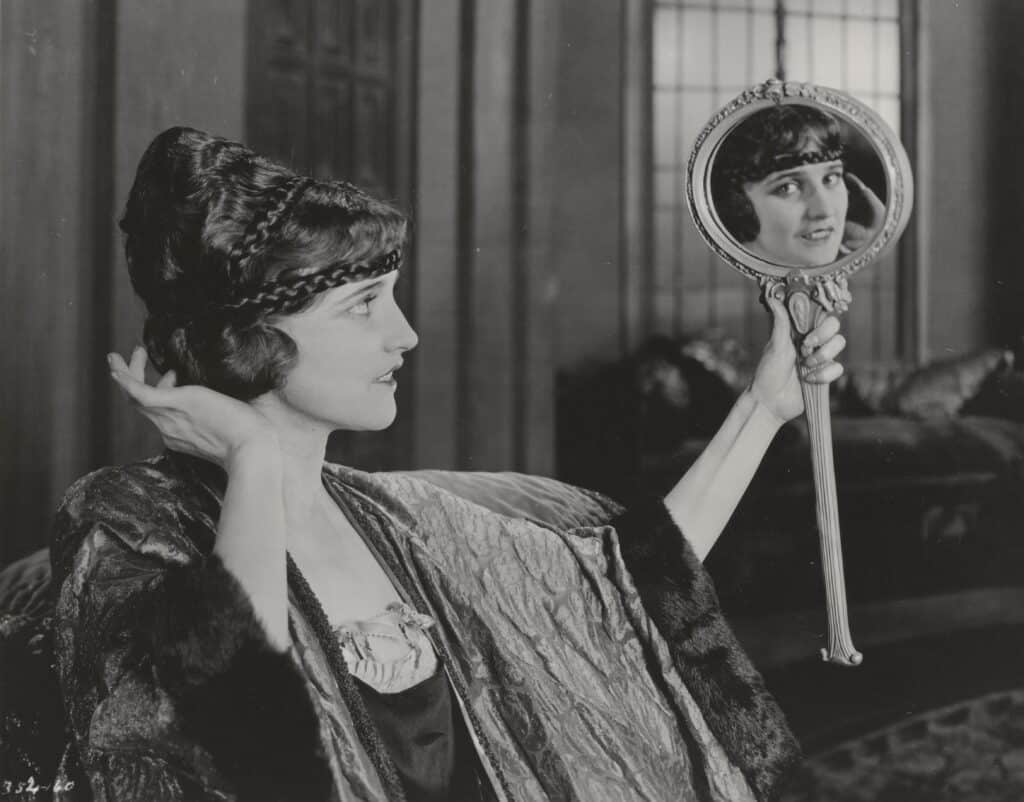
In early 1921, he married Ethel Wall, who helped to support him in his photographic work independent of the film studios, which included pictorial views set in California. In the 1920s, Struss worked on such films as Ben-Hur (released in 1925, and the most expensive and ambitious film of the silent era) and F.W. Murnau’s Sunrise: A Song of Two Humans.
An entire section of the exhibition focuses on Struss’s role filming Murnau’s movie – which proved to be not only a critical highpoint in his career but in cinema history, as it is widely considered the peak of the silent film era. It includes photographs and ephemera from the film, as well as a black box playing Sunrise in its entirety, demonstrating the technical and artistic innovation that earned Struss the first Oscar for Best Cinematography from the Academy.
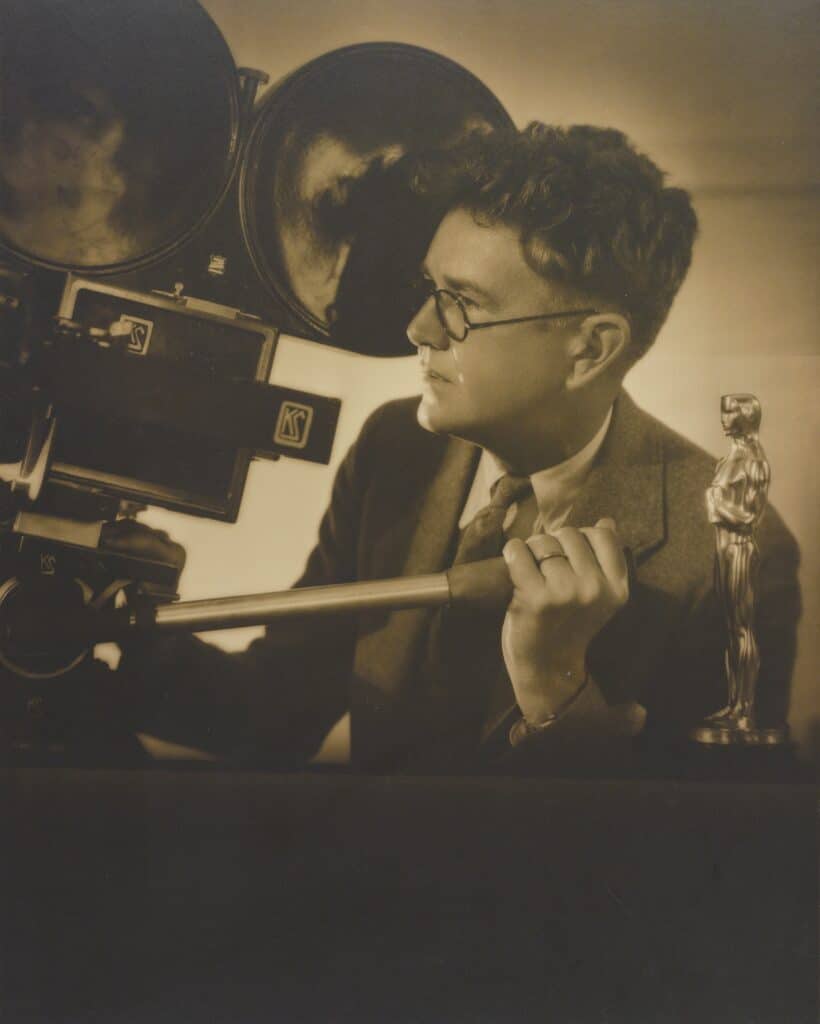
“This exhibition highlights the breadth and depth of Struss’s work in both still and moving photography, highlighting the rarity of his creative and technical mastery of both artistic fields,” says the Carter’s Associate Curator of Photographs Kristen Gaylord. “The story behind this presentation is one that only the museum can tell, made possible by the breadth and depth of our Struss Artist Archive and continuing the Museum’s longstanding tradition of researching, promoting, and interpreting significant American artists whose legacies have been entrusted to our care.”
By this time, Struss had transitioned fully to cinematographer. In the process, he served as a key figure in establishing some of Hollywood’s most important organizations, including as a founding member of the Academy of Motion Picture Arts and Sciences, and deftly navigated an ever- changing industry marked by technological advances, the professionalization of the craft, and the rise of the movie star.
In 1927, he contracted with United Artists, where he worked with filmmaker D.W. Griffith on movies such as Drums of Love (1928) and filmed Mary Pickford’s first sound film, Coquette (1929). In parallel, he continued his experimental work with camera technology, developing the “Lupe Light” and a new bracket system for the Bell & Howell camera.
From 1931 through 1945, Karl Struss worked as a cameraman for Paramount, where he worked on a variety of material, including films featuring Mae West, Bing Crosby, and Dorothy Lamour. Struss also aimed to shape the field through publishing: for example, in 1934, he wrote “Photographic Modernism and the Cinematographer” for American Cinematographer. Struss was admitted to the American Society of Cinematographers and was a founding member of the Academy of Motion Picture Arts. In 1949, while working as a freelancer, he began his work in “stereo cinematography”, becoming one of the early proponents of that art form. Unfortunately, he did most of his 3D film work in Italy, and none of his films were released in 3D in the United States.
The exhibition closes by examining Struss’s post-Sunrise career in the 1930s and 40s, as he adapted to the rise of talkies and the creation of the studio system. His work, including iconic films like Dr. Jekyll and Mr. Hyde (1931) and The Great Dictator (1940), earned him three more Oscar nominations and solidified him as a leading cinematographer of Golden-Age Hollywood. Karl Struss is also famous for his adaptability, creativity, and immeasurable impact on the American film industry, which continues to be a dominant cultural force nearly a century later. “Moving Pictures immerses visitors in the historical context of the period to better understand the reach of the American film industry and the resounding influence of Struss’s legacy,” adds Jonathan Frembling, the Carter’s Head Museum Archivist and Gentling Curator. “The trajectory of his career aligned almost perfectly with the technological innovations and cultural shifts that cultivated the advancement of fine art photography as well as the rise of cinematography as an art form, putting him in the unique position to break ground in both arenas.”
“Moving Pictures: Karl Struss and the Rise of Hollywood” is on view until August 25, 2024 at the Amon Carter Museum of American Art.

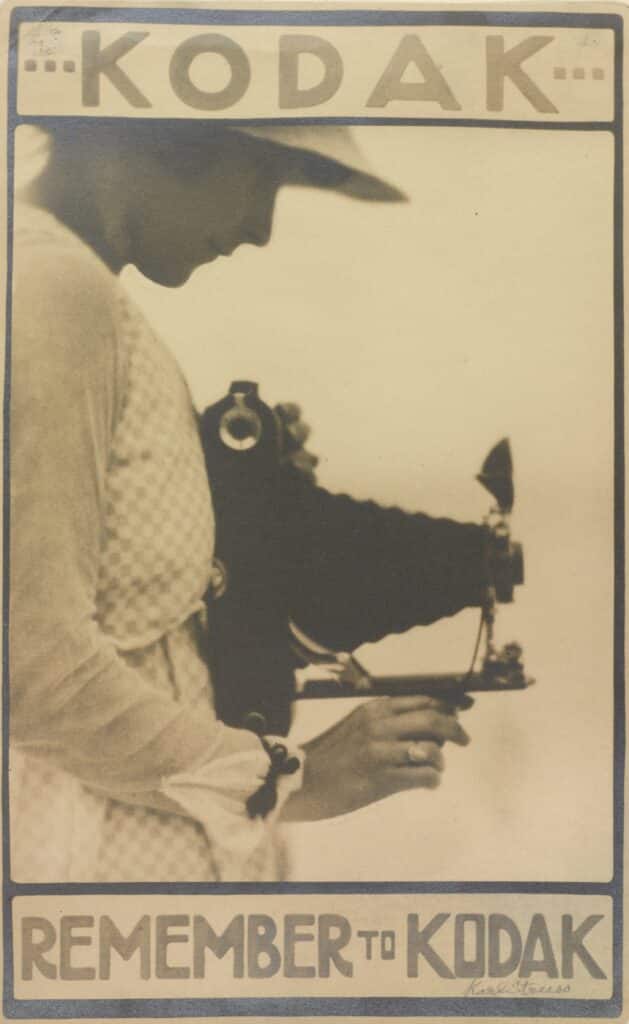
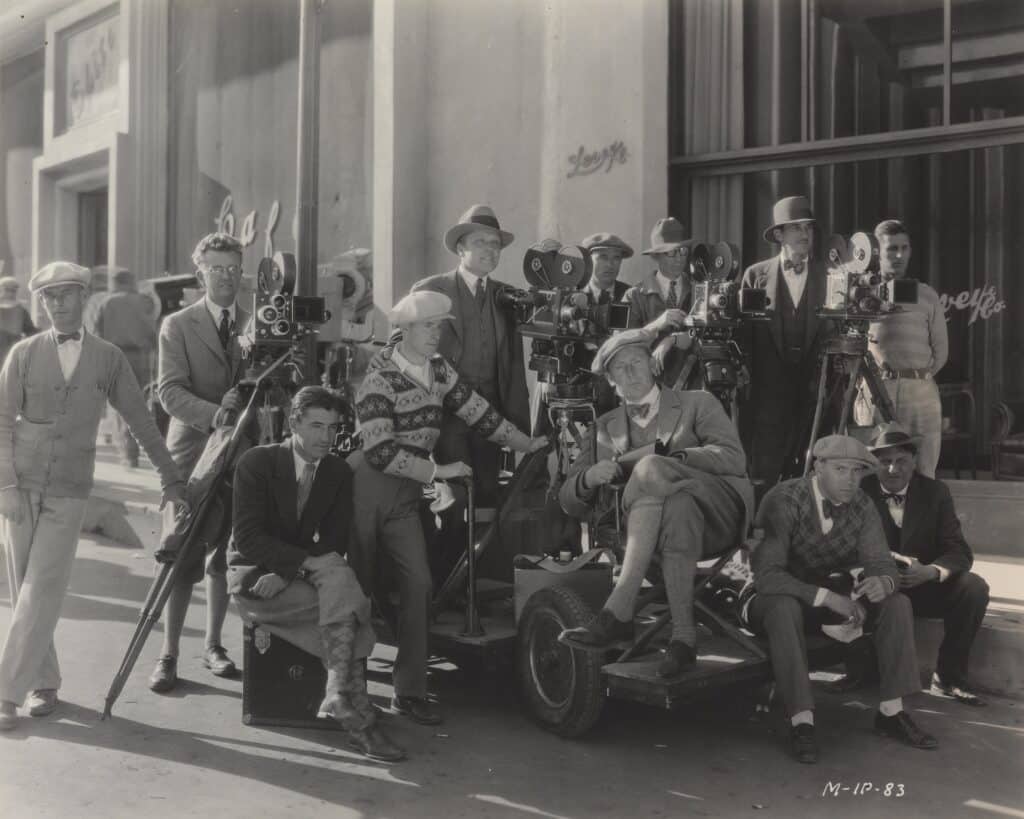
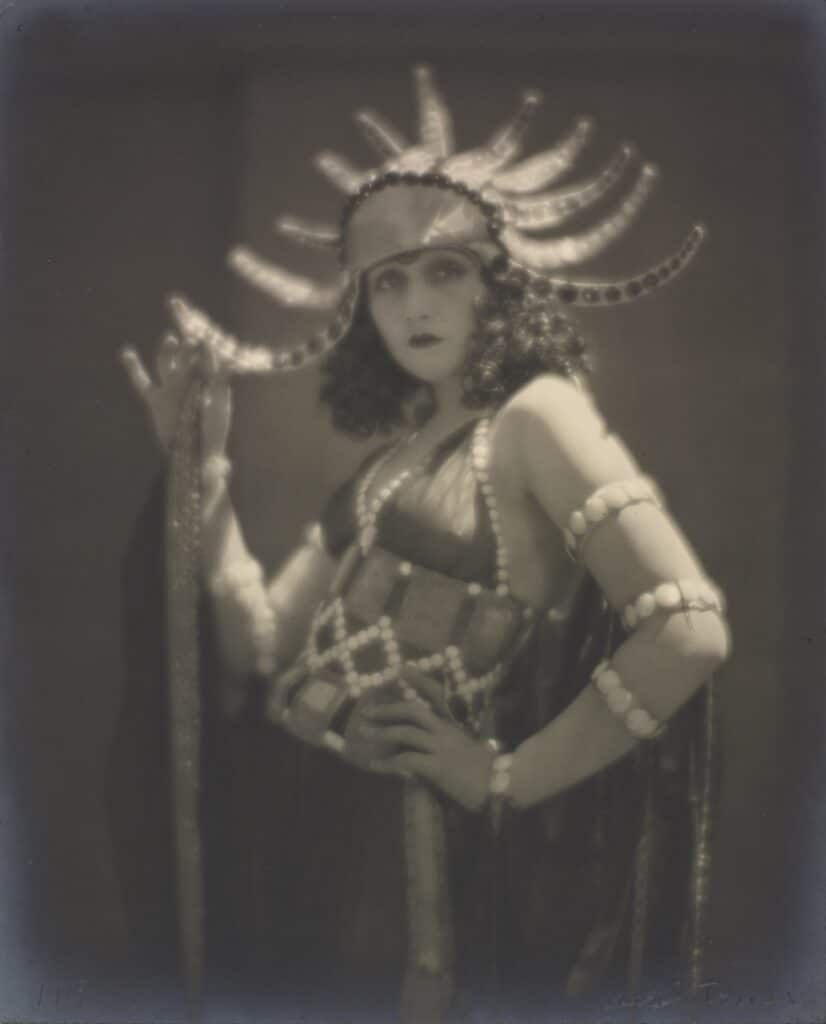
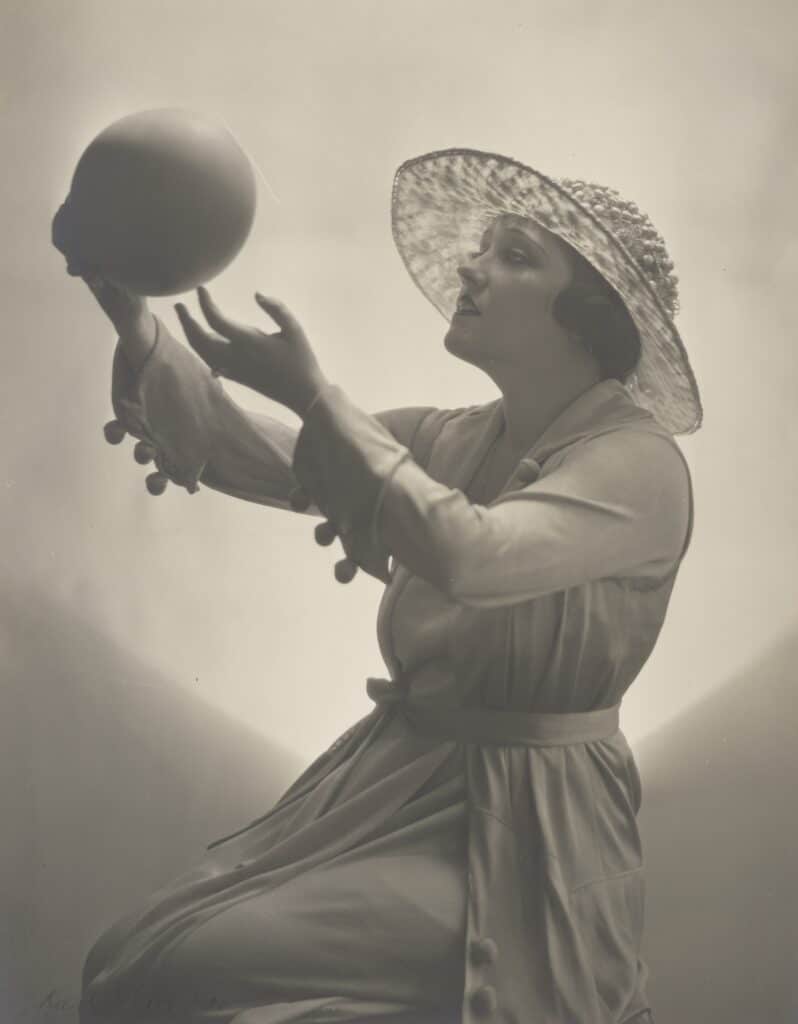
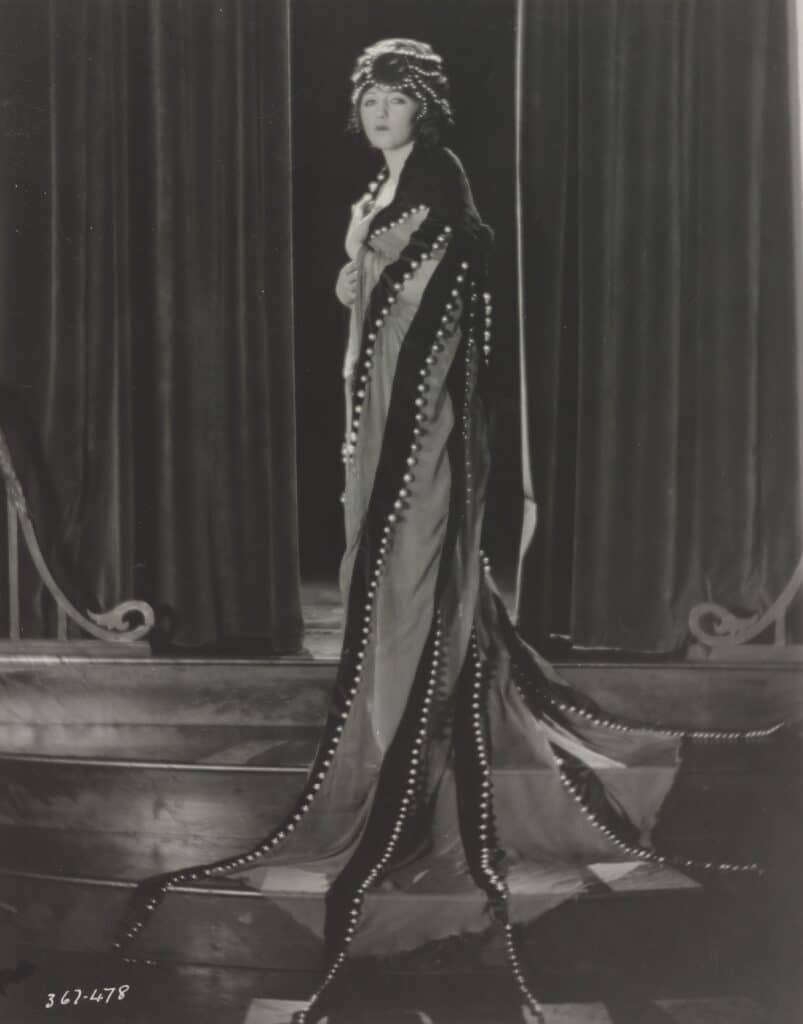

![Production still from the movie "Affairs of Anatol"]; 1921 © Karl Struss (1886-1981](https://www.blind-magazine.com/wp-content/uploads/2024/05/struss-08-1024x808.jpg)
